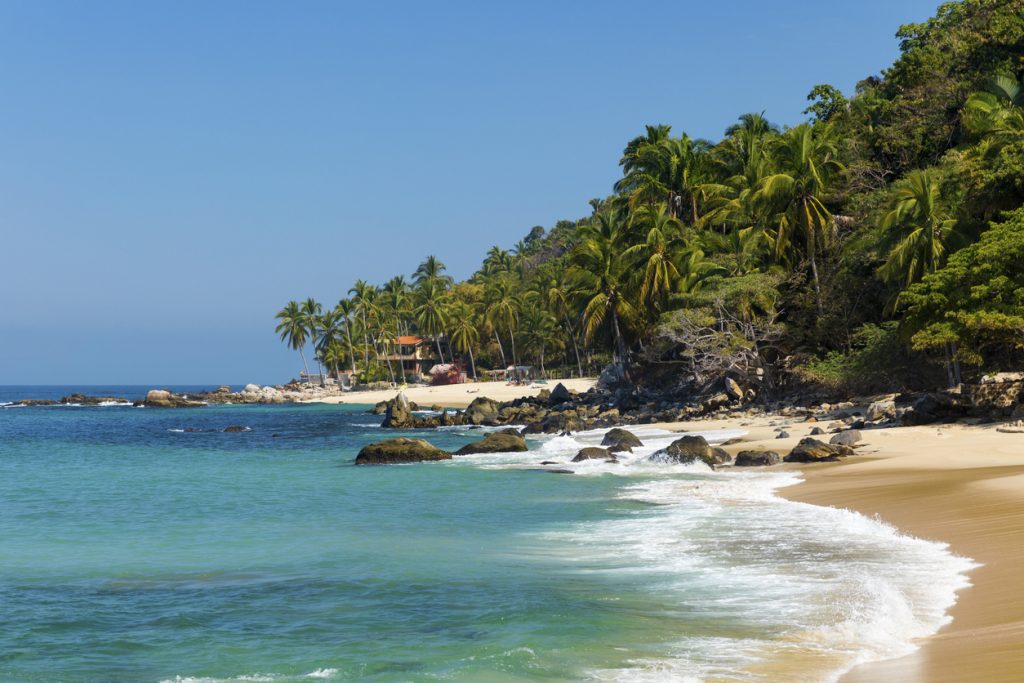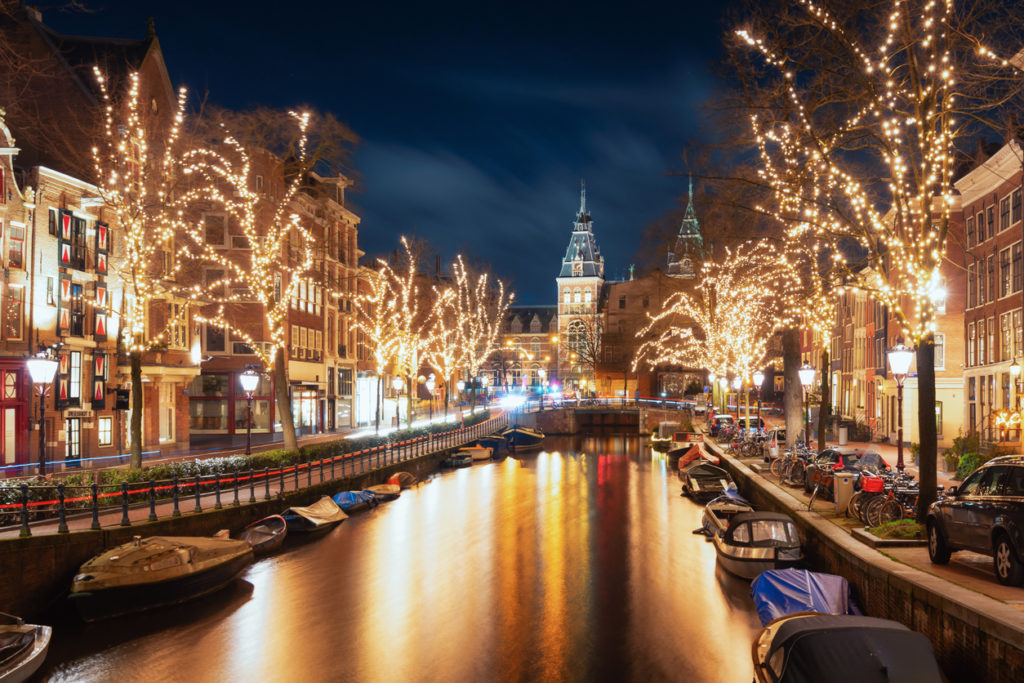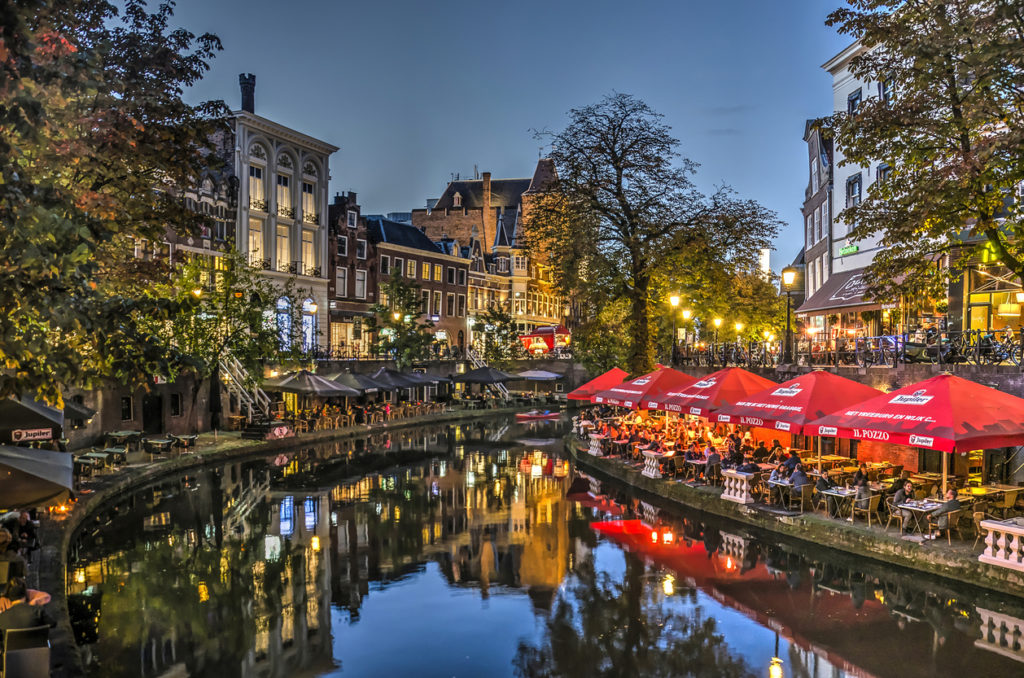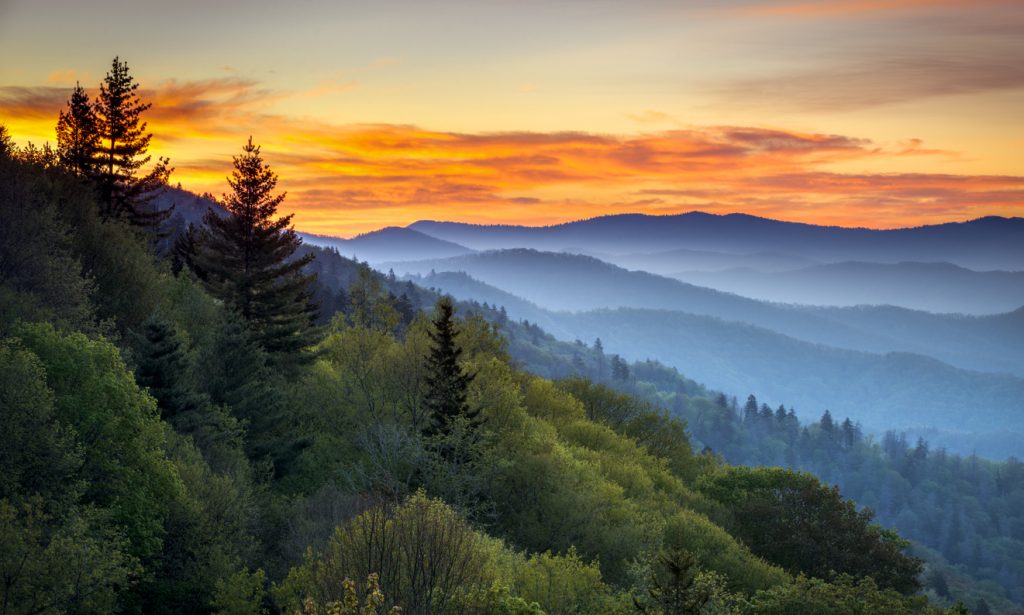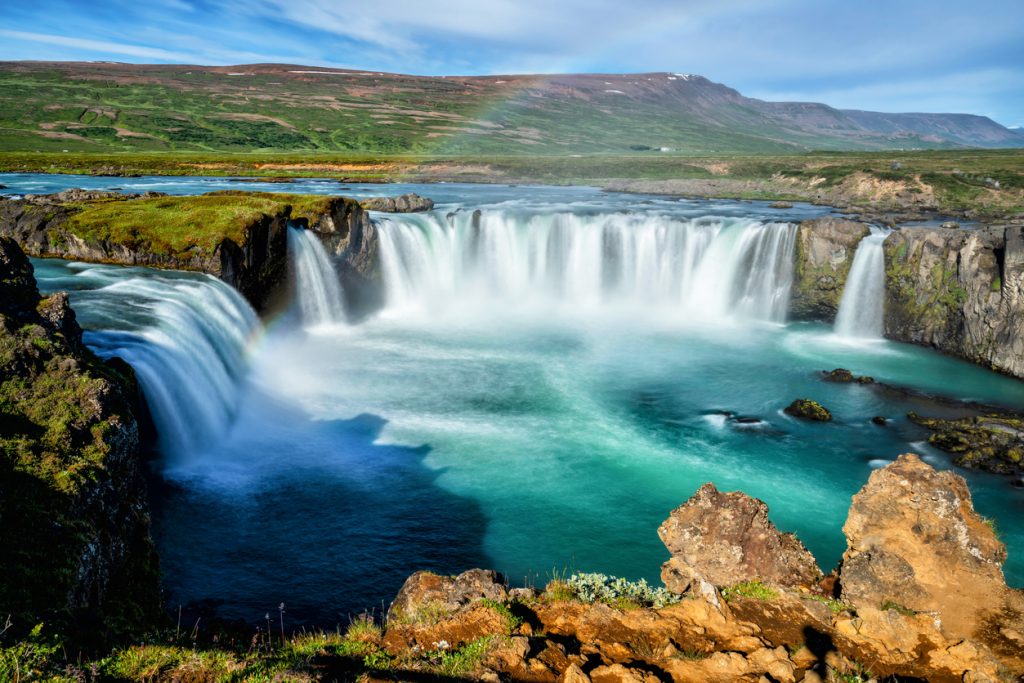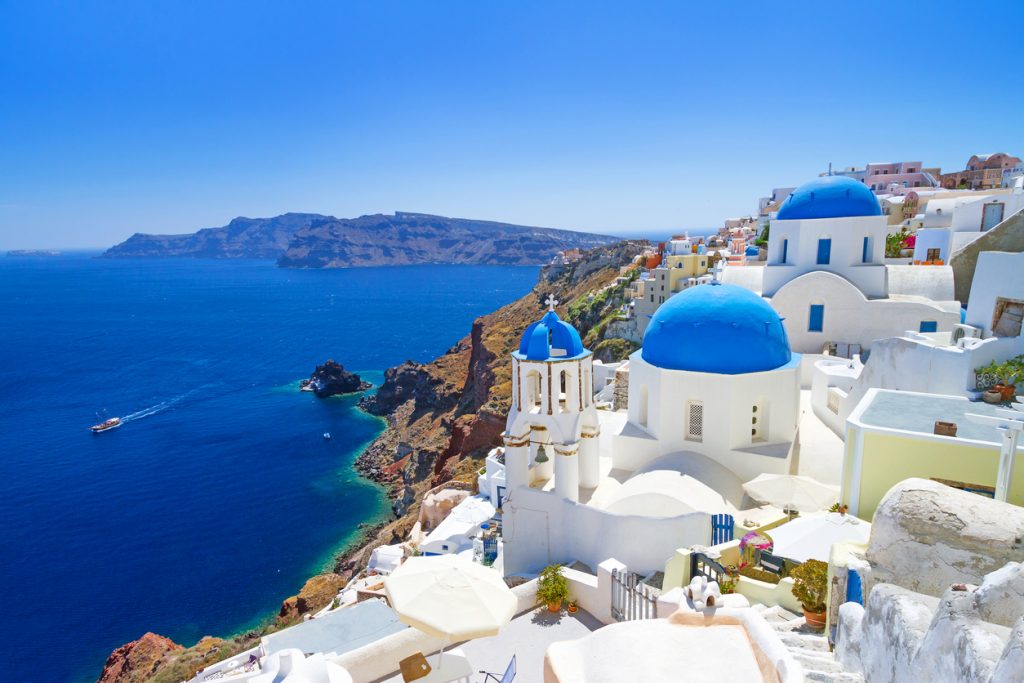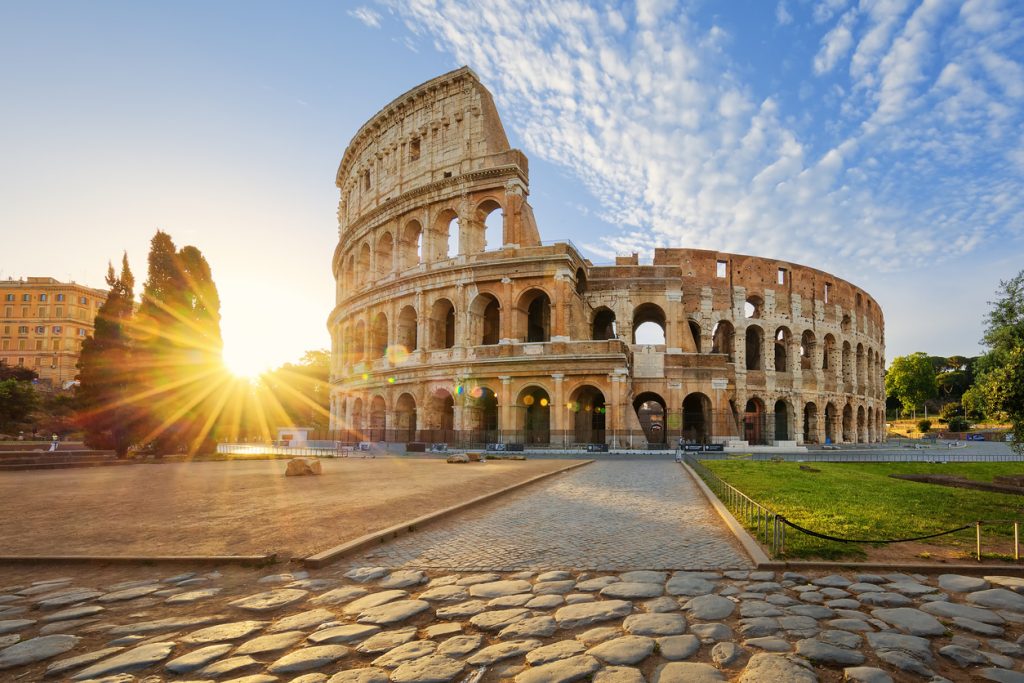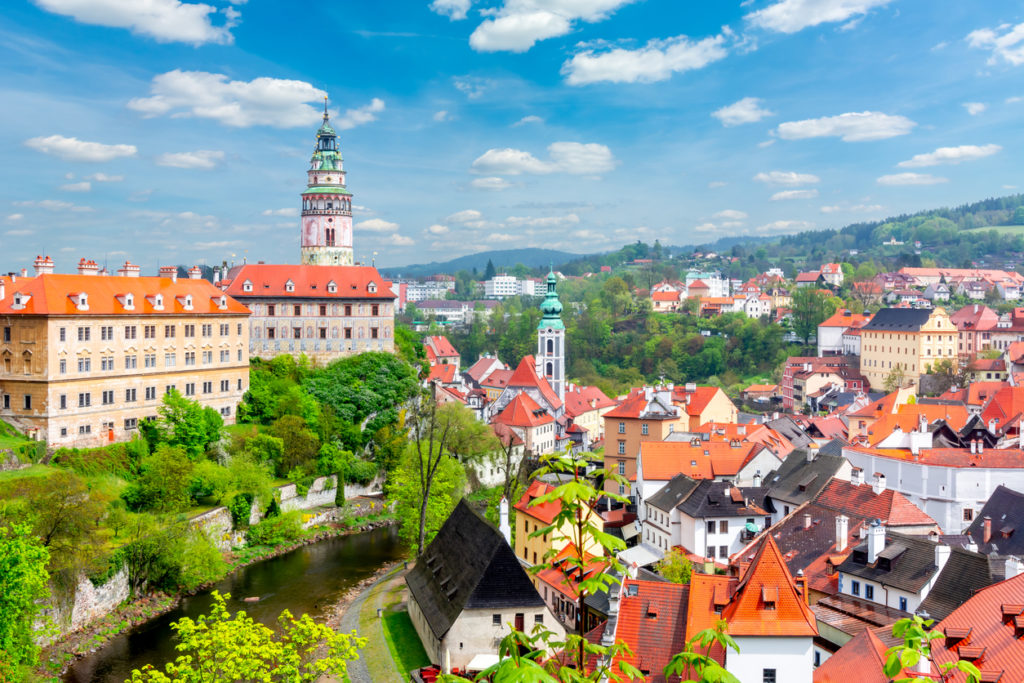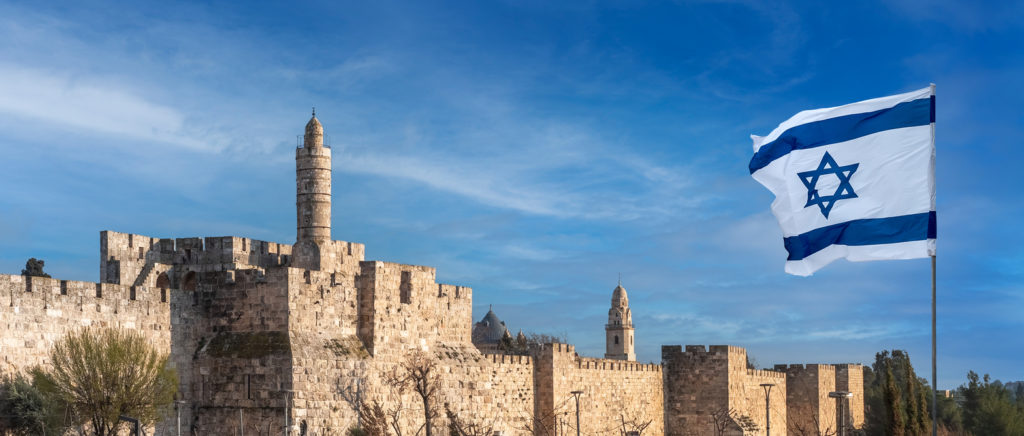
Israel, also known as the “Land of the Bible”, is home to some of the most important and most cherished religious sites in the world. Gathering under its guardianship Jewish, Christian, and Muslim sacred sites, Israel is one of the most visited pilgrimage destinations in the world, as well as a vacation destination. Believers come here to find their peace and feel closer to their divinity, while history buffs choose to travel to Israel to dig deeper into humanity’s past and embrace its stories as they are – complex, tumultuous, and fascinating.
Among the many religious sites that await in Israel, you’ll discover a few of them that stand out in history. Their presence is truly overwhelming for any religious person, and their impact can be felt as soon as you get face to face with them. Carrying with them a rich biblical history, these essential religious sites are a must-see during a pilgrimage tour of Israel:
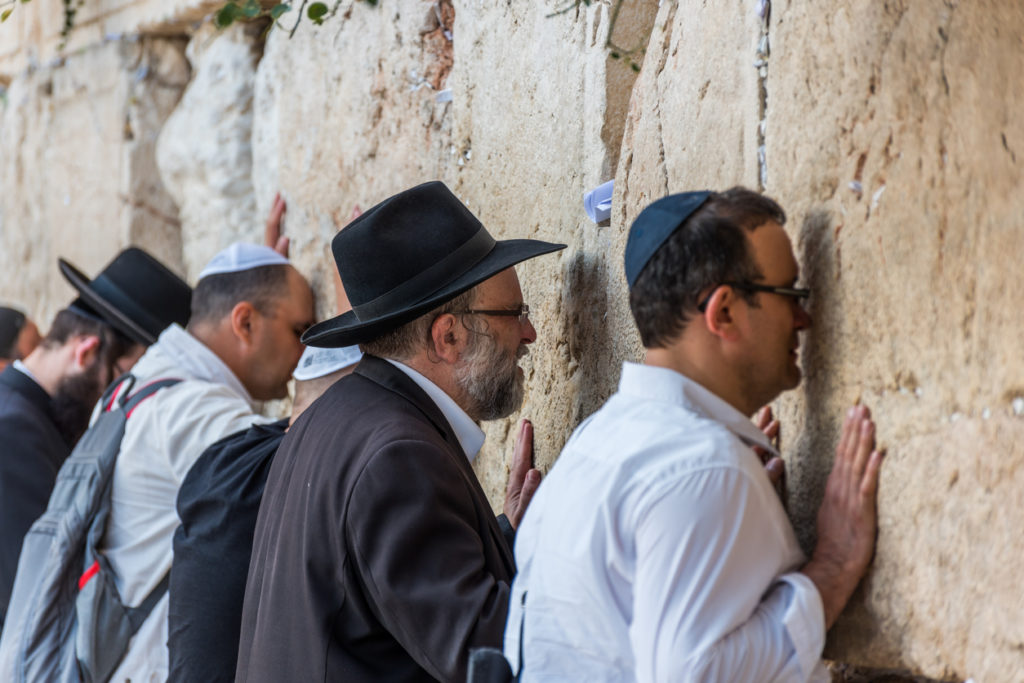
Western Wall
The last fragment of the Second Jewish Temple, the Western Wall is the holiest of Jewish sites. The Second Temple was extended under the orders of Herod the Great and has been absorbing the prayers and cries of the Jewish people ever since, thus its alternative name of “Wailing Wall”. Sacred and untouched by time, the Western Wall is a magnificent sight and not even the most cynical visitor can fight the emotion emanated by its sacred presence. A spectacular historical site and a majestic religious vestige, the Western Wall faces a large open area that functions as an open-air synagogue where thousands of worshipers gather to send their prayers into heaven.
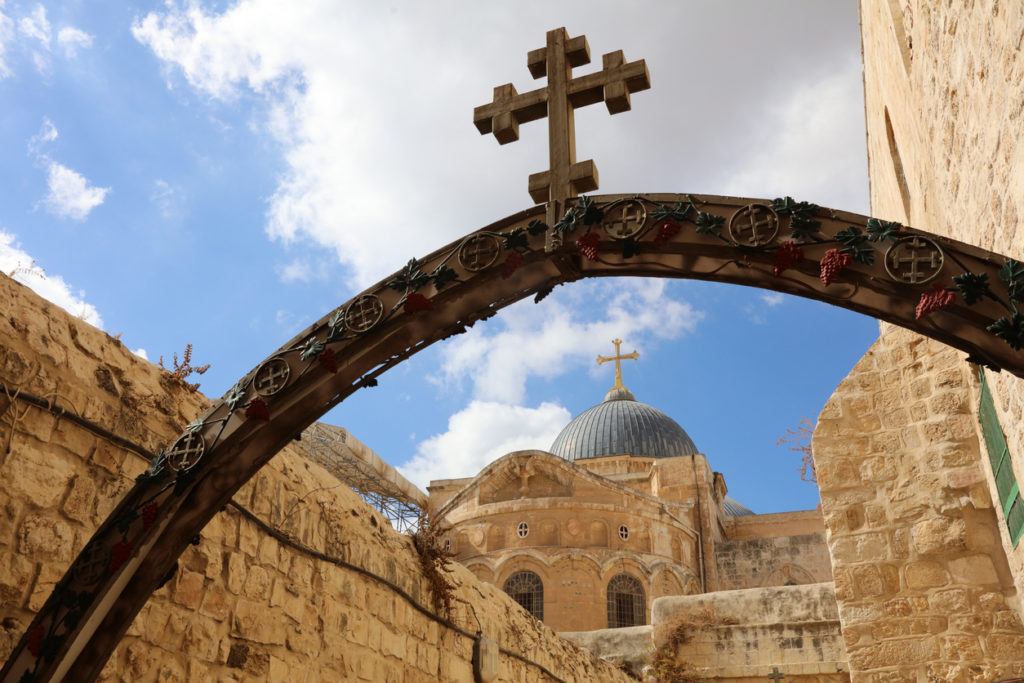
Church of Holy Sepulcher
Any Christian spiritual journey in Israel includes a stop at the Church of Holy Sepulcher. Also known as the Church of the Resurrection, this magnificent architectural gem emanates waves of emotion and imposes humility and modesty. Mentioned in all four canonical Gospels, the church is situated on the spot where Jesus was crucified, buried, and resurrected. The interior includes several holy sites including the hill where Jesus was crucified and the tomb of Jesus, and is home to three principal religious communities – Greek, Franciscan, and Armenian.
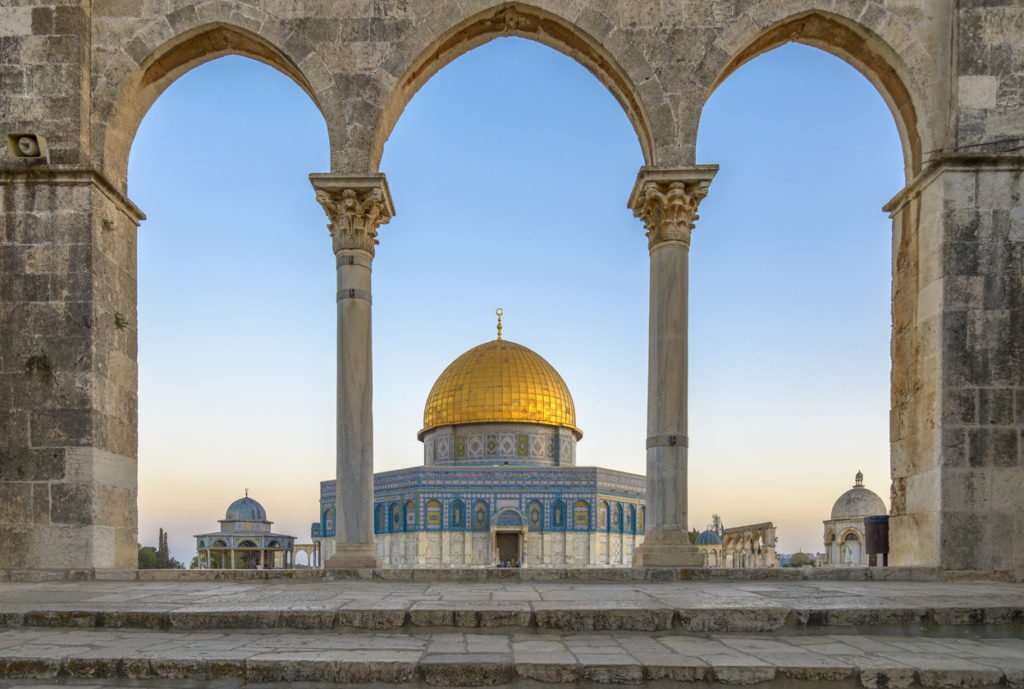
Dome of the Rock
The impressive Dome of the Rock, dating back to 690 AD and remarkable due to its golden cupola, is the most famous Islamic site in Jerusalem, a sight impossible to miss, especially since it can be seen from all over the city. Situated on the Temple Mount, a plateau in the Old City of Jerusalem, a home also to Al-Aqsa Mosque, another important religious site, the Dome is a Muslim shrine built over a sacred stone. It is believed that this was the place from where the Prophet Muhammad went to heaven on a horse with wings during his Night Journey. Moreover, the Temple Mount is also known as the site where the First Temple of Jerusalem was built by King Solomon. The sacred rock is important to Jewish too because it is the rock where Abraham was ready to sacrifice his son to God.
Al-Aqsa Mosque
The Al-Aqsa Mosque was built in 710 AD and is one of the most important Muslim sites in Israel. If in the 11th century, during the Crusades, it became a royal palace, in the 12th century, the mosque was conquered by the Knights of Templar, and later in the same century, it was taken over by Sultan Saladin. Today, the Temple Mount, including the Dome of the Rock and Al Aqsa Mosque are under Muslim management, while the city of Jerusalem is under Israeli administration.
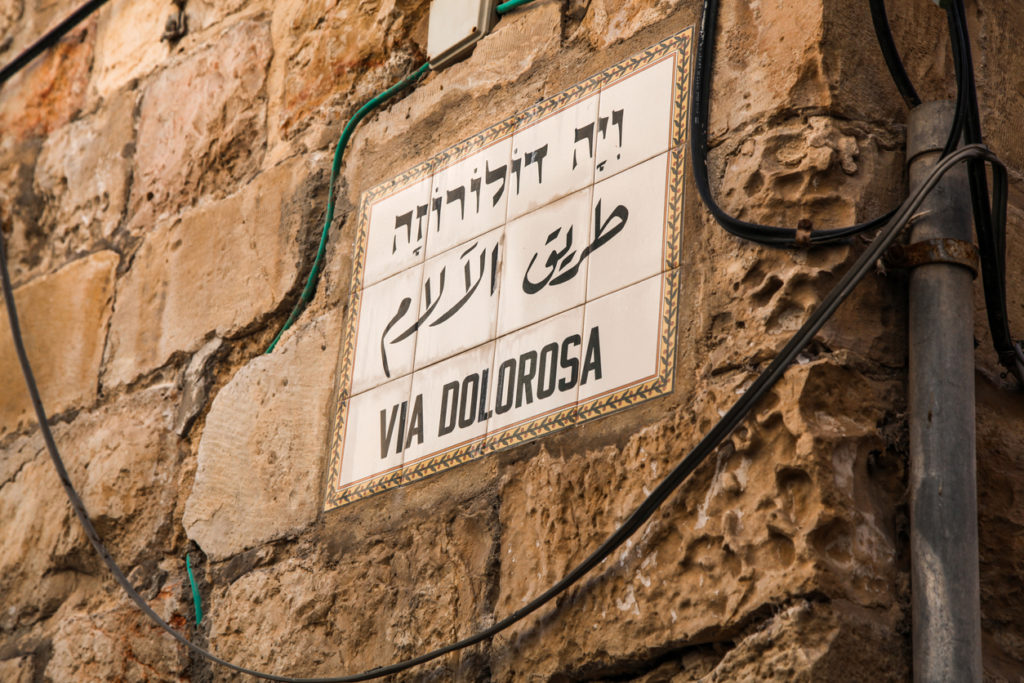
Via Dolorosa
A 500-m long route, Via Dolorosa is the road followed by Jesus Christ on the Crucifixion day. One of the most famous holy places in Israel, Via Dolorosa includes 14 stops along the way and finishes at the Church of the Holy Sepulcher. Most of the route is in the Muslim Quarter of Jerusalem, while a small section is housed in the Christian Quarter.
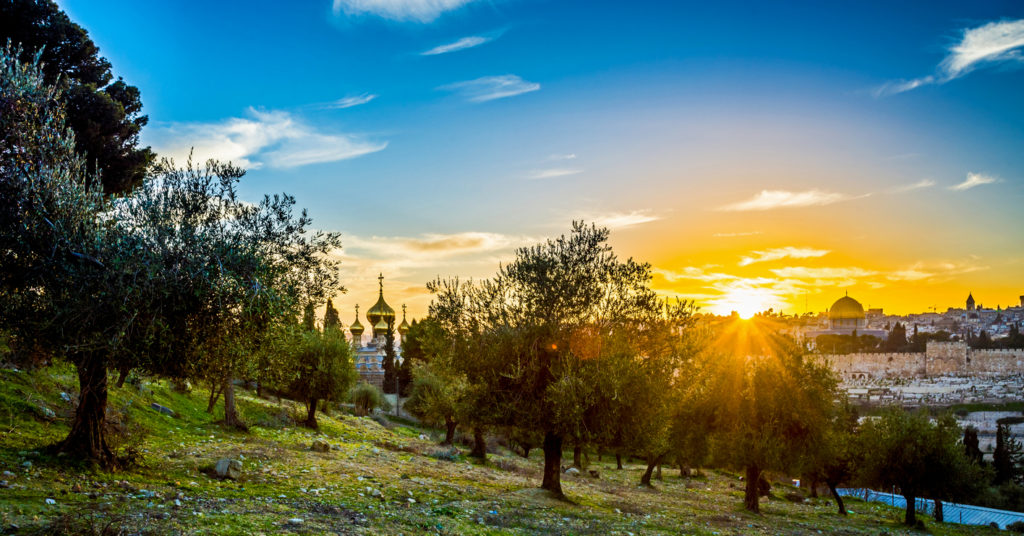
Mount of Olives
An important religious site for both Jews and Christians, the Mount of Olives is a frequent presence in the New Testament. The mountain is home to the Dome of the Ascension and the Olive Trees of Gethsemane, the garden where Jesus prayed the night before his crucifixion. Moreover, the Mount of Olives has been a Jewish burial ground for more than 3,000 years and is home to tombs of Jewish prophets, like Zachariah and Malachi. While Christians believe that Jesus was arrested on the Mount of Olives, Jewish believers say that Jesus will descend on the Mount of Olives on Judgment Day.

